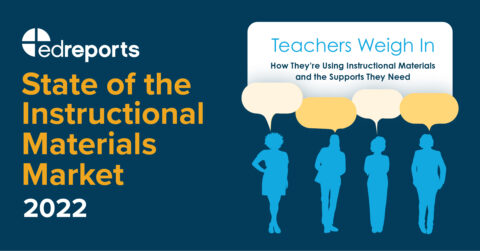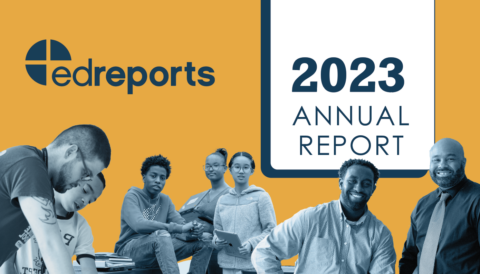State of the Instructional Materials Market 2023
Explore our latest study revealing that while quality K-12 curriculum availability in ELA, math, and science has grown, classroom usage still lags behind.
Related Resources
article
State of the Instructional Materials Market – Teachers Weigh in: How They’re Using Instructional Materials and the Supports They Need
Dive in to EdReports' analysis highlighting educator perspectives on classroom curriculum and resources.
article
EdReports 2023 Annual Report
Read more about our impact and how we’re striving to fulfill our mission.
article
State of the Instructional Materials Market: Use of Aligned Materials in 2022
New study from EdReports highlights the potential factors contributing to rise in the use of high quality, aligned curriculum.


